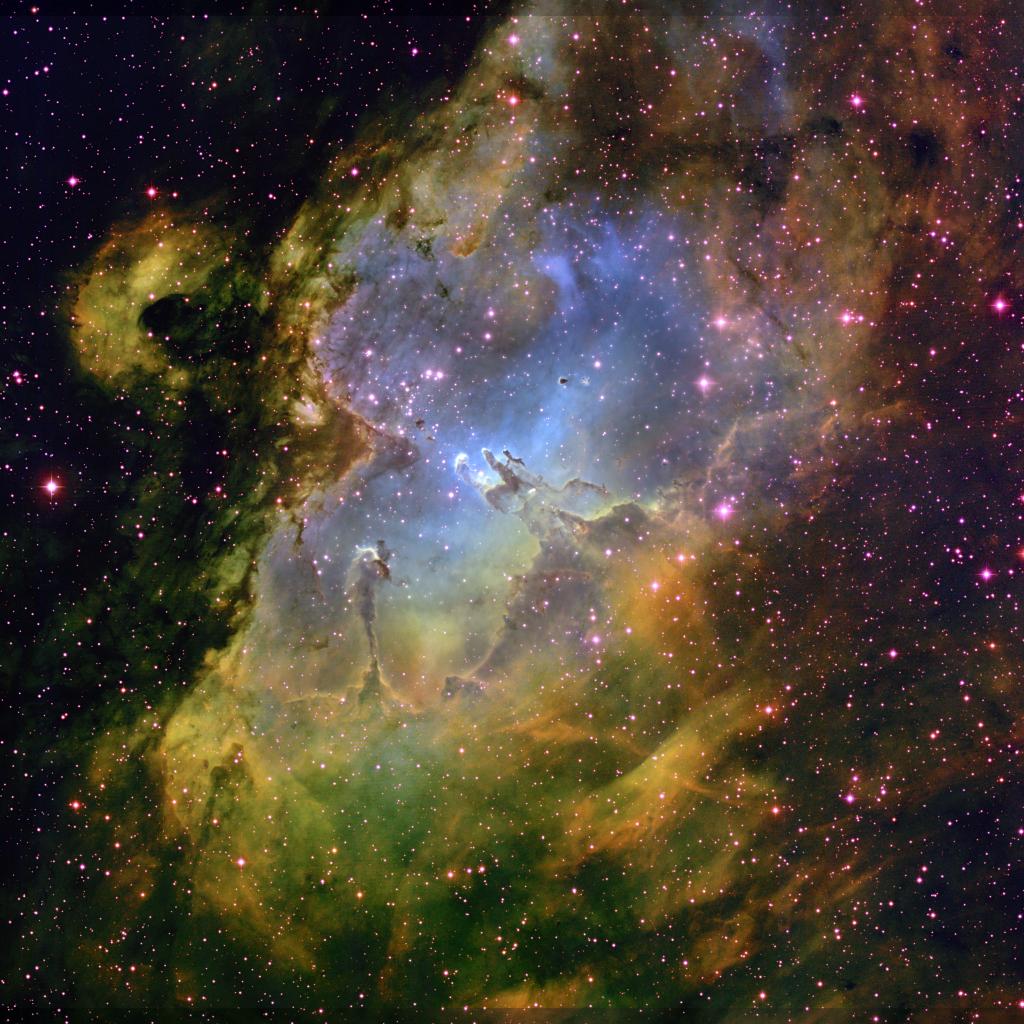
M16 (credit: Travis Rector)

M64 (credit: Hubble Space Telescope)
|
I am interested in the physical processes involved in the incipient stages of star formation, astrochemistry, and
astrobiology. My research focuses on centimeter, millimeter, and submillimeter (microwave in
the figure below) imaging and spectroscopy with single-dish radio telescopes
and interferometers. I have worked on a variety of projects
studying low-mass and high-mass star formation and the chemical
evolution of those regions within our galaxy
and nearby galaxies. Please click on images to see a larger view.
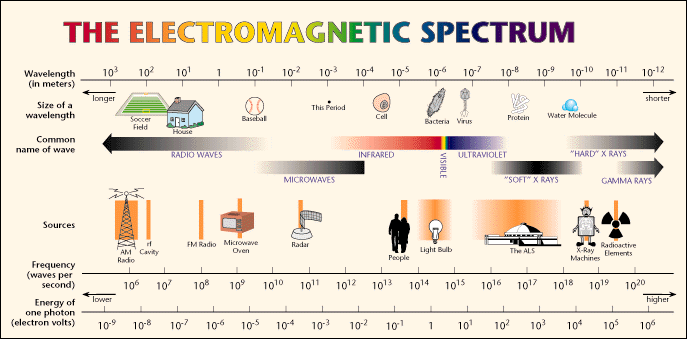
Click on the image to see the EM spectrum.
|
|
|
Stars form out of giant clouds of dust and gas within our galaxy named
molecular clouds.
The image on the right shows a portion of the Milky Way with several obscuring molecular
clouds. You can easily see these clouds as opaque patches in the summer
Milky Way from a dark, clear site. Astronomers study these
clouds in detail to understand the conditions from which stars form.
|
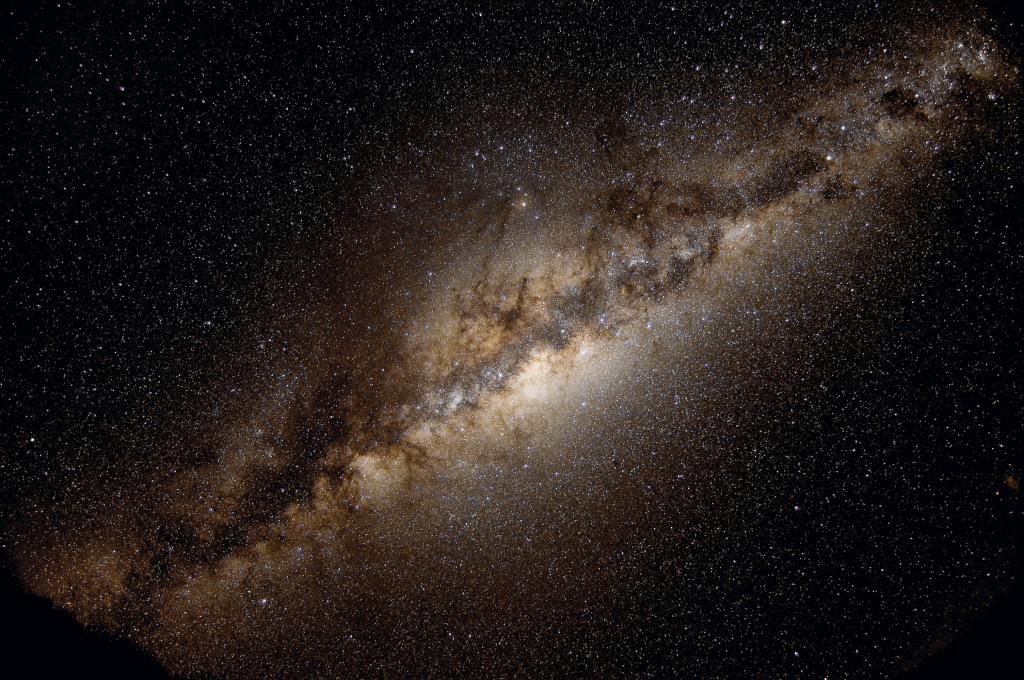
The Milky Way (credit: Serge Brunier)
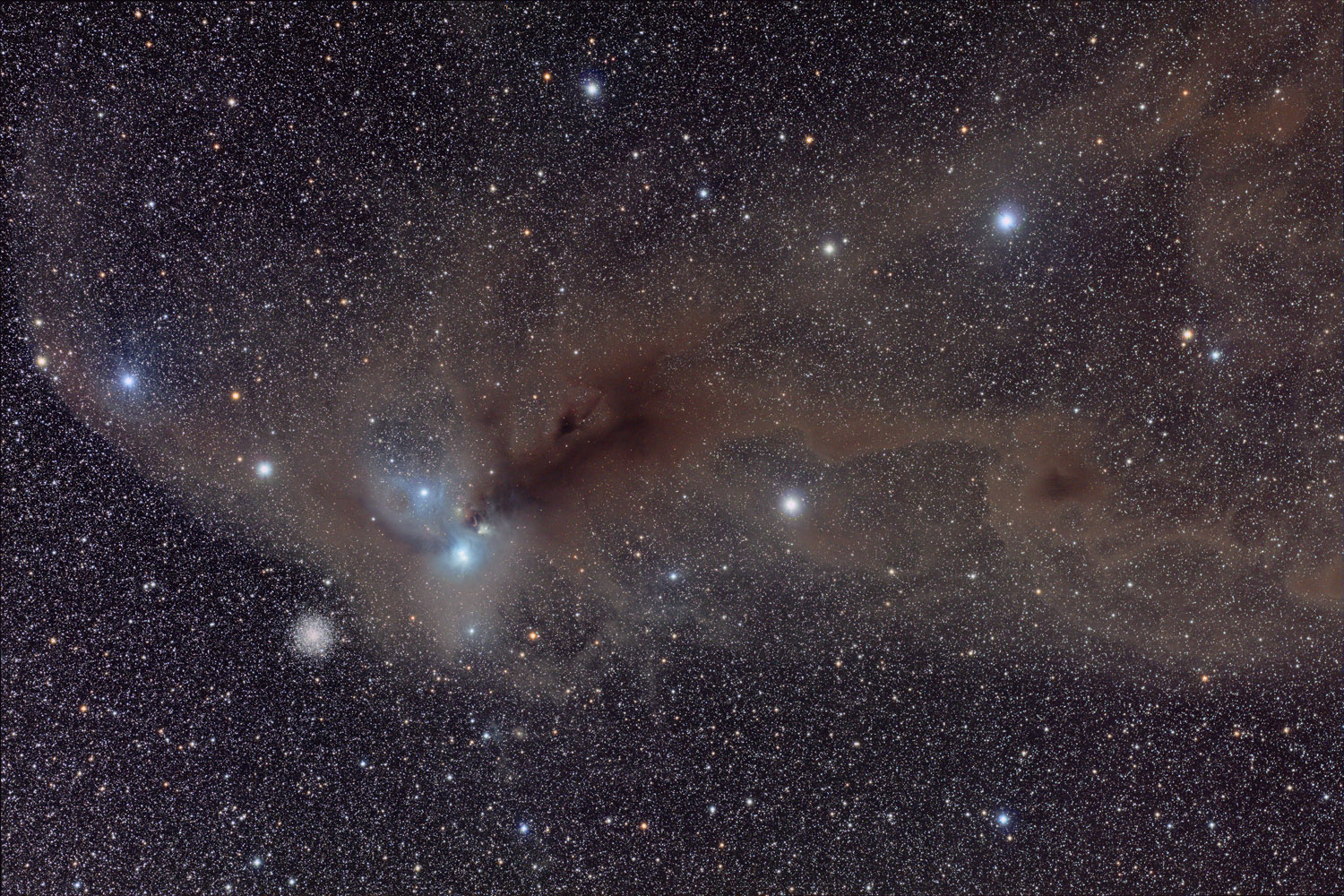
The R Corona Austrialis Molecular Cloud
|
|

How dust absorbs & re-radiates light.
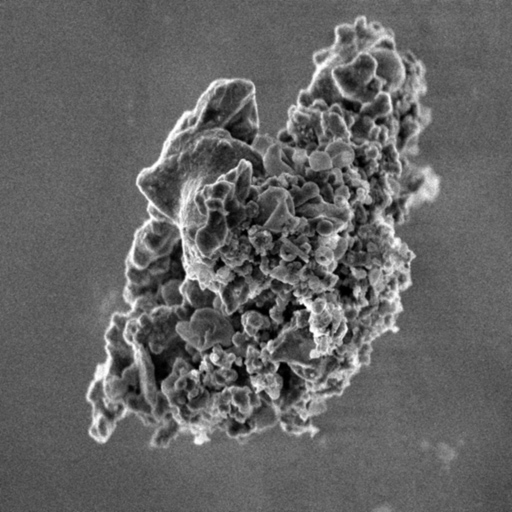
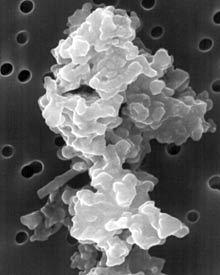
Microscopic views of dust grains.
|
One mechanism that allows us to study forming protostars is the emission
from dust grains within the cloud.
Dust grains (size <~ 1 micron) absorb UV and optical light from a
forming protostar, heating the grain. Since the dust grains are still
very cold (T ~ 15K), they re-radiate the absorbed energy at far-infrared
and submillimeter wavelengths.
By imaging the submillimeter emission at different wavelengths,
we can unravel the structure of the molecular cloud.
|
|
|
Most forming protostars are so deeply embedded within the molecular
cloud that no optical light can escape. The images on the left shows an
optical image of the isolated dark clouds B68 and B335. It is difficult to see
that anything is happening at the center of the clouds. However,
at longer wavelengths
the radiation can penetrate through the cloud.
B68 does not harbor a forming protostar and
may be a core in the earliest phase of star formation.
In the case of B335 (bottom right),
observations reveal a forming
protostar. The emission
seen in the submillimeter image of B335 on the right
is due to dust grains re-radiating
the energy absorbed from the hot protostar.
|
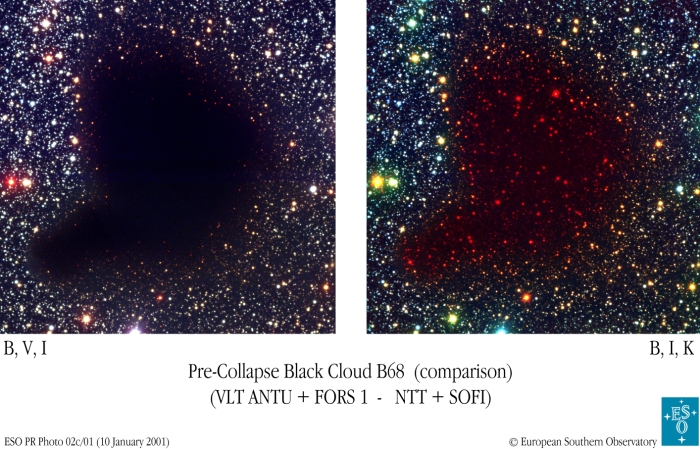
B68 optical (left) and near-infrared image (right).
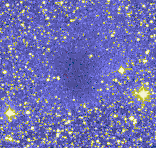
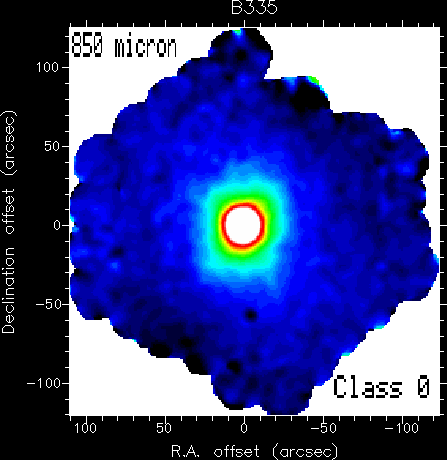
B335 optical image (left) and 850 um image (right).
(Shirley et al. 2000).
|
|
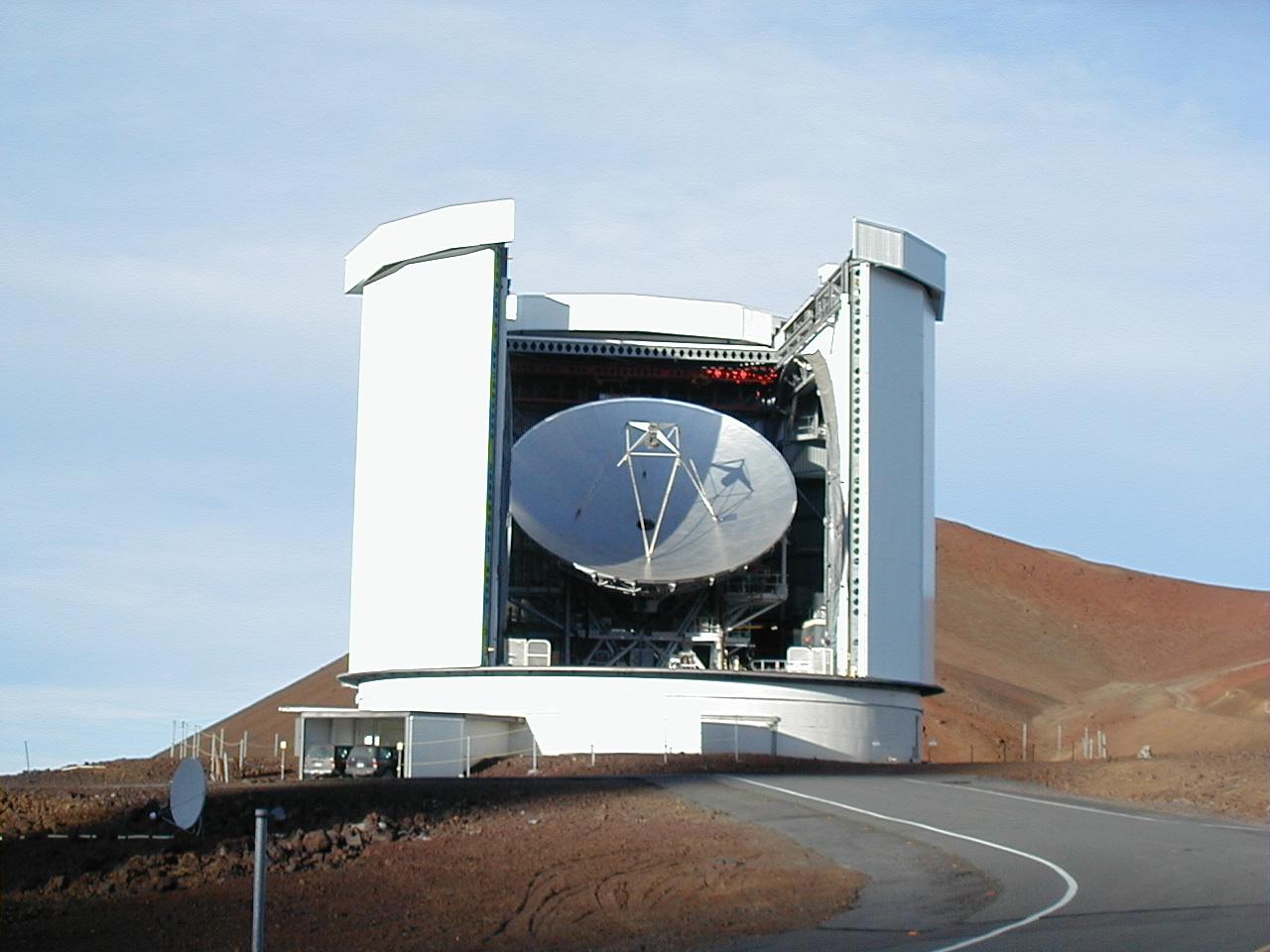
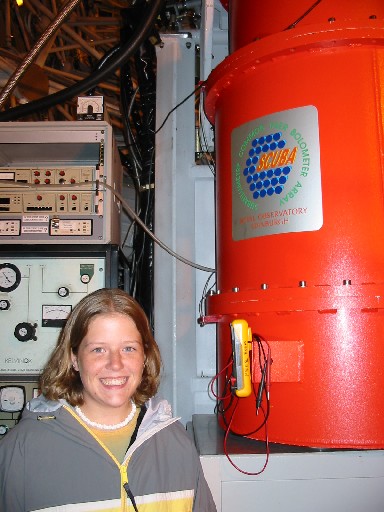
JCMT(left). Miranda Nordhaus with SCUBA (right).
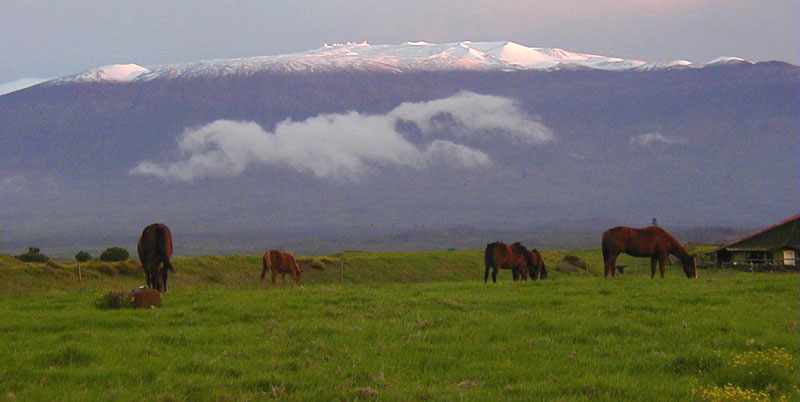
The JCMT is atop 13,700 ft. Mauna Kea, Hawaii.
|
The image of B335 was observed at a wavelength
of 850 microns with a
submillimeter camera named SCUBA on the JCMT 15-meter radio telescope on
Mauna Kea, Hawaii. This wavelength is 1500 times longer than yellow
visible light; alternatively, the frequency is 3500 times higher than FM
on your radio. SCUBA is a revolutionary camera that worked at
submillimeter wavelengths and allowed images of protostellar
clouds to be made 10,000 times quicker than previous instruments.
The images on the left show the JCMT and 2003 NRAO summer student, Miranda Nordhaus (U Texas),
standing next to the SCUBA dewar.
|
|

Diagram showing how CO emits radiation at
230 GHz.
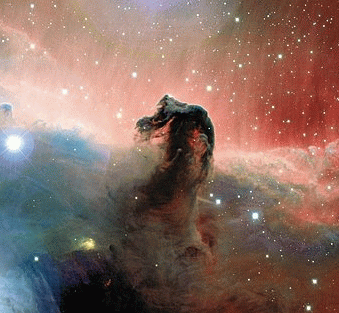

Optical Image (left) and CO image (right) of the horsehead nebula (credit: NOAO & CSO).
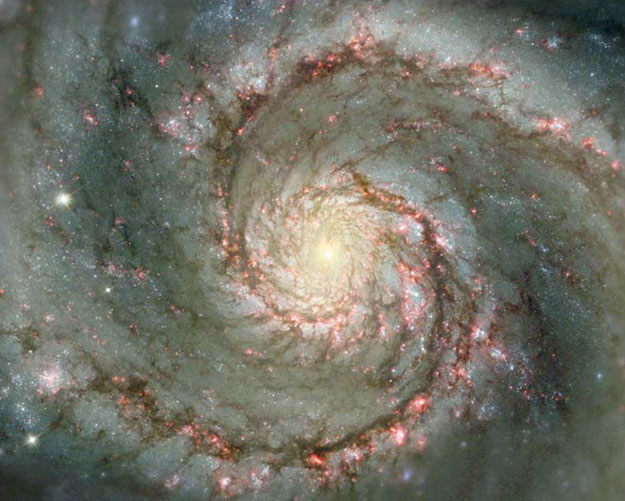
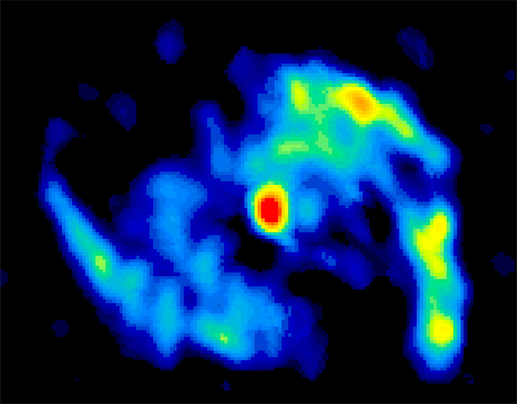
Optical Image (left) and CO image (right) of The Whirpool Galaxy. Dark molecular clouds in the optical
image are glowing in CO (credit: HST & SMA).
|
Another mechanism by which molecular clouds may be studied
is from the radio emission from rotating molecules.
Energy is quantized, therefore molecules can only rotate at discreet speeds. When
molecules change the speed at which they rotate, they tend to emit
energy in the
radio part of the spectrum. Extremely sensitive receivers on radio
telescopes can be tuned to the precise frequencies of molecular emission to study
the distribution of that molecule throughout the cloud. Molecules such as
carbon monoxide, water, ammonia, carbon monosulfide (a deadly gas), and
formaldehyde (frog preserver) are routinely observed in molecular clouds. The example on the
top left shows how carbon monoxide (CO) emits radiation at 230 GHz, 2300 times higher in frequency
than FM radio. The middle images shows an optical picture of the horsehead
nebula (left) with an image of the CO emission (right). Notice
that the CO emission traces the shape of the dark molecular cloud observed at optical
wavelengths.
|
|
Mapping protostellar cloud cores with different molecules and
dust emission allow us to probe the temperature, density, velocity, and chemical
structure of the cloud. Theoretical
models predict how the cloud structure should evolve with time. Observations
constrain those models: ruling out some while providing evidence for others.
A wide variety of telescope may be used to study the dust and molecular emission from
star forming regions such as the Heinrich Hertz Submillimeter Telescope, the Spitzer Space Telescope,
the Very Large Array, and the Green Bank Telescope. Interferometers, such as the VLA,
can observe structure on the scale of the solar system in star forming regions that 100s of light years away!
|
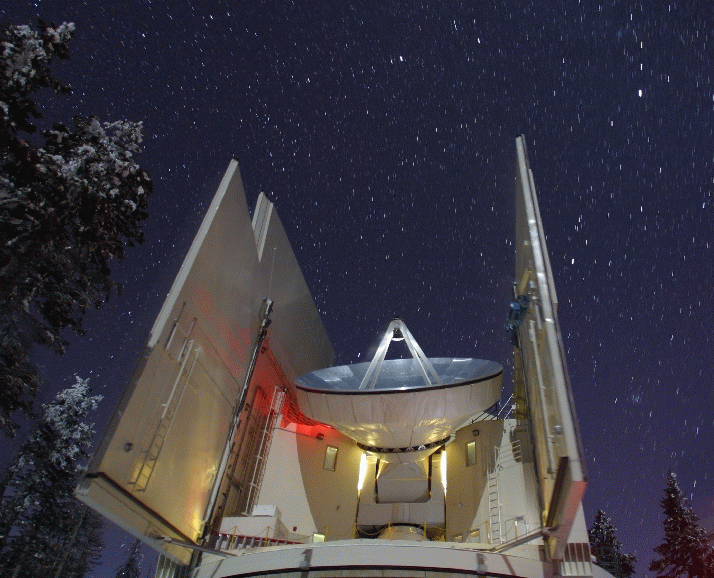
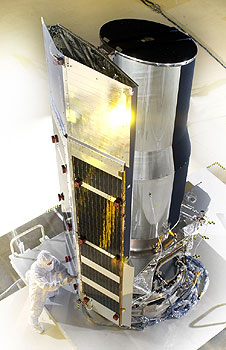
The HHSMT atop Mt. Graham, Arizona (left). The Spitzer Space Telescope before launch (right).
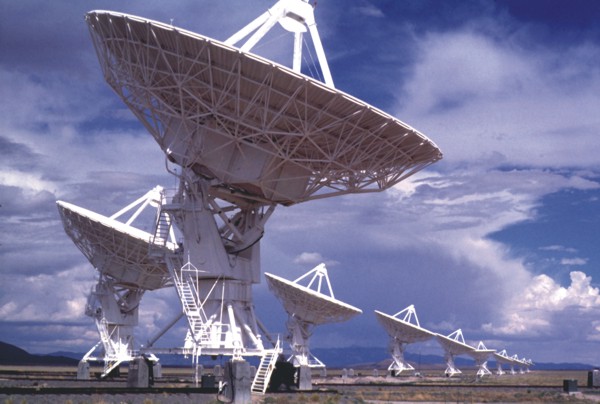

The VLA near Magdalena, New Mexico (left). The GBT 105m in Green Bank, West Virginia (right).
|
|
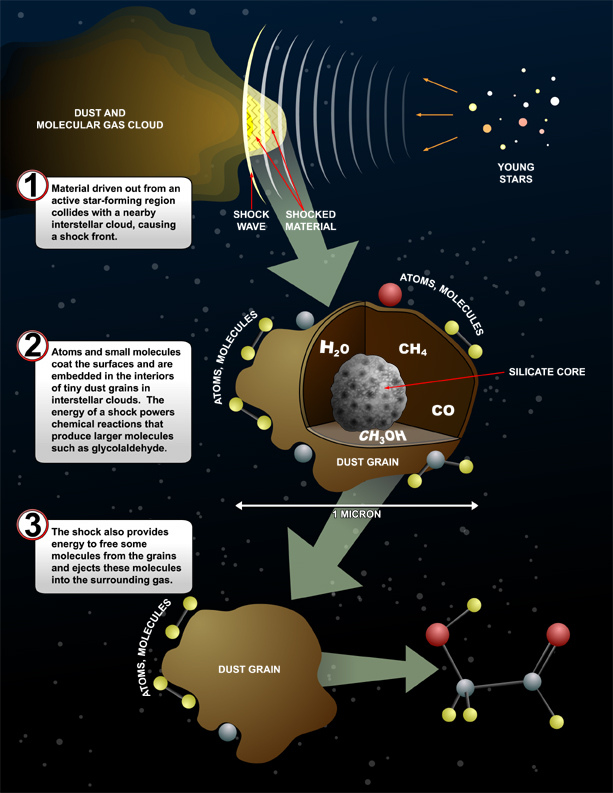
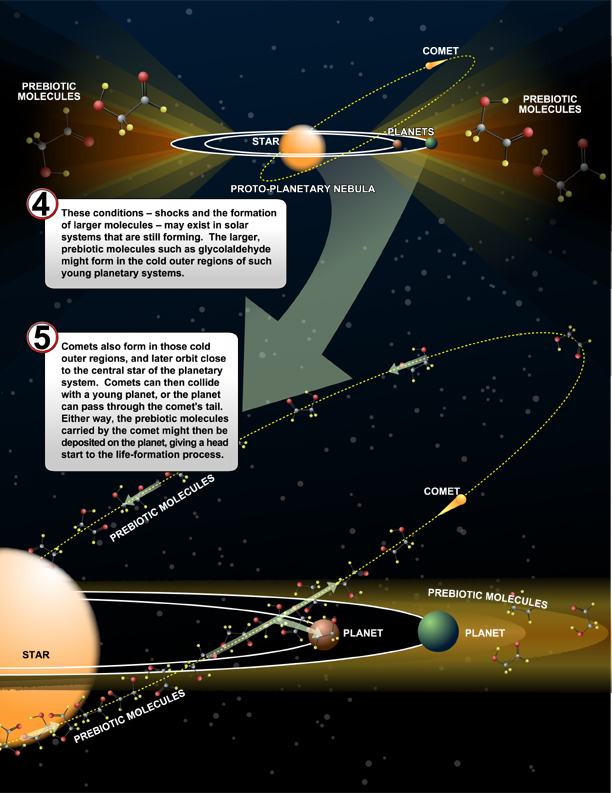
Click on images to see how complicated organic molecules form in space.
|
Over 150 different molecules have been detected in interstellar space with radio telescopes. Many
complex organic molecules such as long carbon chains (HC11N) and simple sugars (glycolaldehyde)
have been detected. Recently, very deep searches for the simplest amino acid, glycine, have been
made. The basic molecular building blocks of carbon-based life are present in the raw material out of
which stars and planets form! The panels to left are from the NRAO press release announcing the discovery of
sugars in molecular clouds.
|
|
There are still many fundamental questions to be answered: How do molecular clouds form?
Can we observe the initial stages of star formation and what are the properties of clouds
at this stage? Are we observing the collapse of protostellar clouds to form stars? Why does nature prefer to form
stars that are about the same mass as the sun? Are complex organic molecules present
in the raw planetary/cometary material around every protostellar system? Does life exist
elsewhere in the universe?
|

A dedicated team of researchers trying to answer some of the basic questions of star formation.
Left to Right: Yancy Shirley, Jana Grcevich (Columbia), and Al Wootten (NRAO Charlottesville)
at the CSO, Mauna Kea, Hawaii.
|
 Yancy L. Shirley
The University of Arizona
Yancy L. Shirley
The University of Arizona
 Yancy L. Shirley
The University of Arizona
Yancy L. Shirley
The University of Arizona